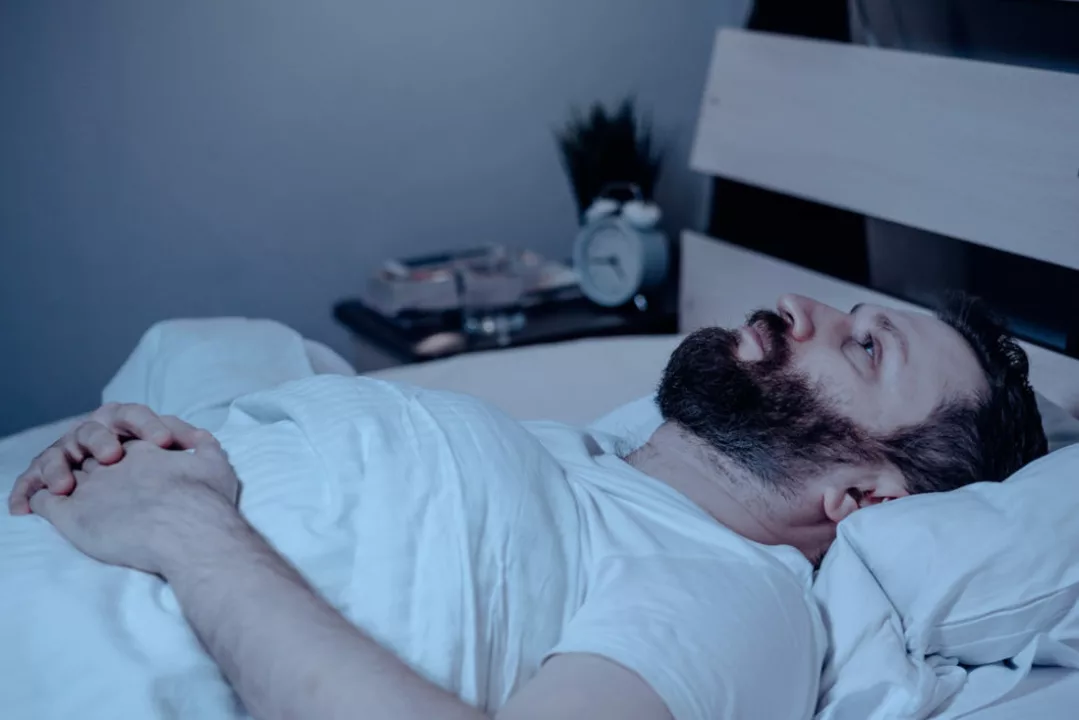Here's a quick fact: terazosin can drop your blood pressure fast — especially after the first dose. If you're taking it for an enlarged prostate or high blood pressure, knowing how and when to take it can keep you out of the ER.
Terazosin is an alpha‑1 blocker. It relaxes smooth muscle in blood vessels and the prostate. That lowers blood pressure and eases urine flow. Doctors commonly prescribe it for benign prostatic hyperplasia (BPH) and sometimes for hypertension when other drugs are suitable.
Typical starting doses are low. For BPH people often start at 1 mg at bedtime and slowly increase. For blood pressure the start is similar, with gradual titration to effect. Your doctor will adjust up every few days or weeks. Taking the first doses at night helps reduce dizziness and fainting.
Dizziness, lightheadedness, and tiredness are the most common problems. They happen because of low blood pressure, especially when you stand up fast. Nasal congestion and headaches also occur. Rare but serious reactions include fainting and priapism — a painful, long erection that needs urgent care.
Mixing terazosin with Viagra or other PDE5 inhibitors can cause a big drop in blood pressure. So can nitrates and excessive alcohol. Tell your prescriber about all pills, supplements, and recreational drugs you use. Your provider may lower doses or recommend waiting hours between medicines.
Start at night. Take the first dose before bed and stay seated or lying down until you feel steady. Stand up slowly from sitting or lying positions. Avoid hot baths or saunas for the first few days — heat makes dizziness worse.
Monitor your blood pressure at home if you can. Write down any dizzy spells or fainting. Don’t drive or operate heavy machinery until you know how terazosin affects you. Skip alcohol for several days when starting or increasing the dose.
If you miss a dose, take it when you remember unless it’s almost time for the next one — then skip the missed dose. Don’t double up. Stop terazosin only after talking with your doctor. They will tell you how to change treatment safely.
Call emergency services or go to the ER if you pass out, have severe chest pain, trouble breathing, or priapism lasting more than four hours. Contact your prescriber for worse dizziness, fainting, or signs of allergic reaction like rash or swelling.
Terazosin works well for many people when used correctly. Keep a current medicine list, follow dose instructions, and check in with your healthcare team if you have concerns. That keeps treatment effective and safe.
Your doctor may order blood tests or check kidney function if you have diabetes, heart disease, or take drugs. Report new swelling, sudden weight gain, persistent cough, or mood changes. Also tell your clinician about herbal supplements like St John's wort or ginkgo — they can affect blood pressure or interact with other medicines, so list them.

I recently came across an interesting topic about Terazosin and its effects on sleep. Terazosin is a medication primarily used to treat high blood pressure and benign prostatic hyperplasia. Surprisingly, it has been found to have a significant impact on our sleep patterns. Studies have shown that Terazosin can improve the quality of sleep by reducing nighttime awakenings and increasing the amount of deep sleep we get. So, if you're struggling with sleep issues, Terazosin might be worth discussing with your doctor.